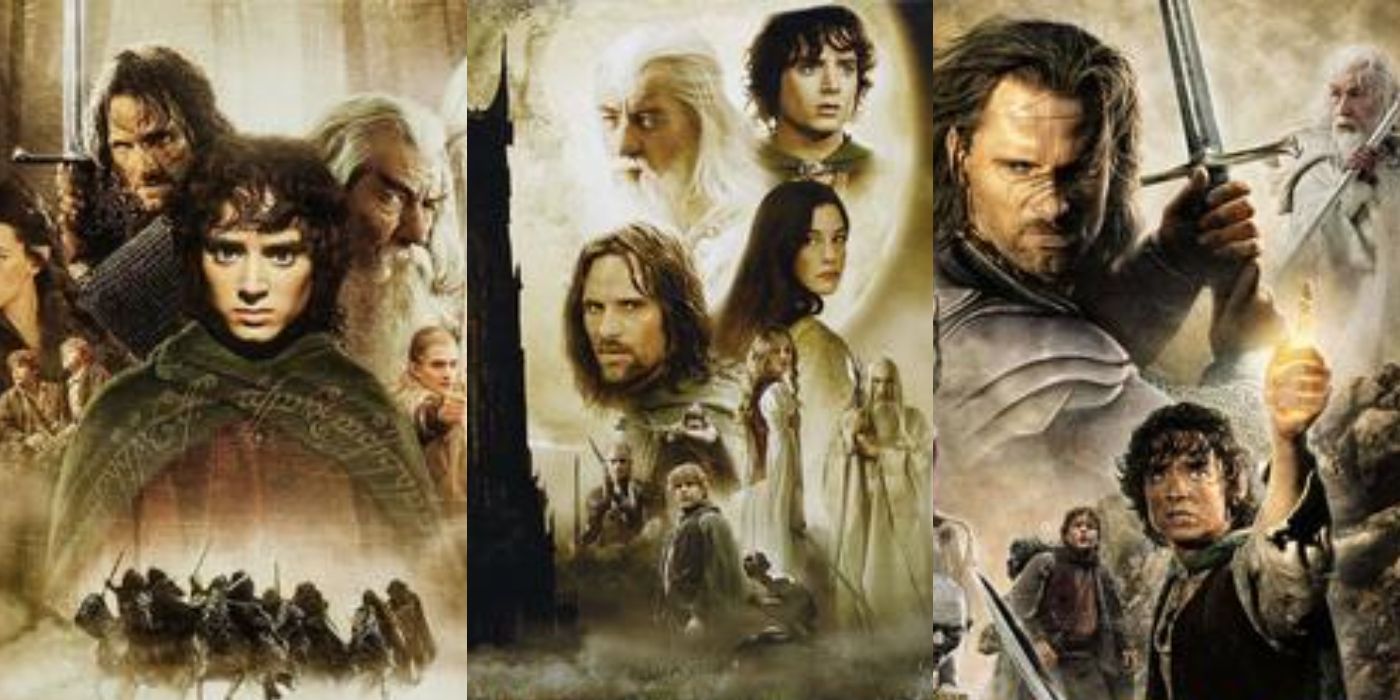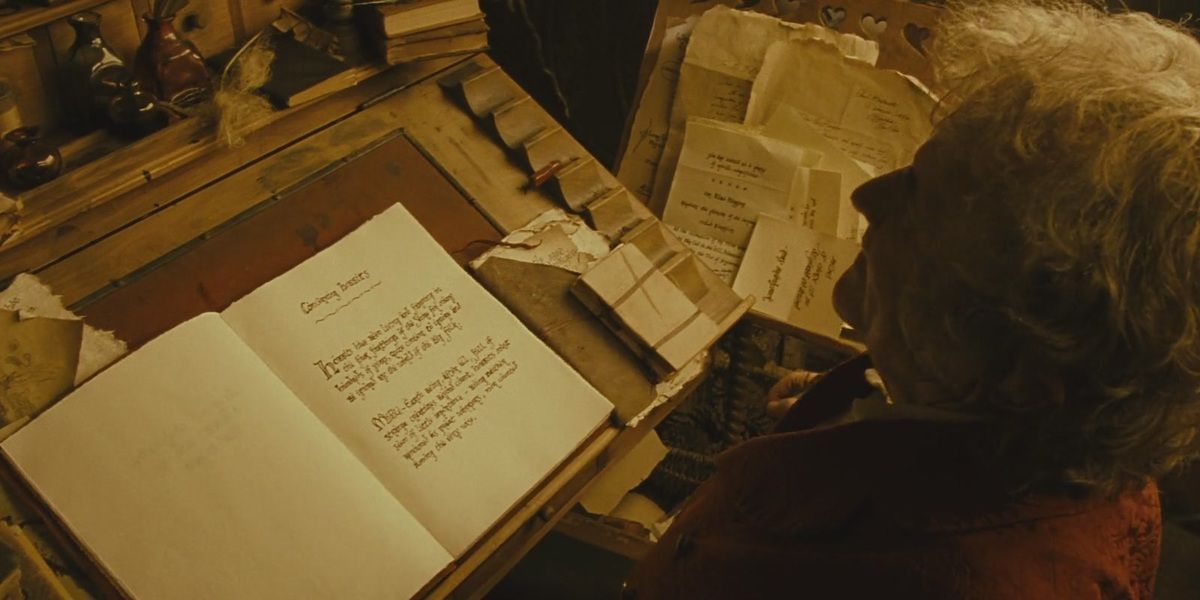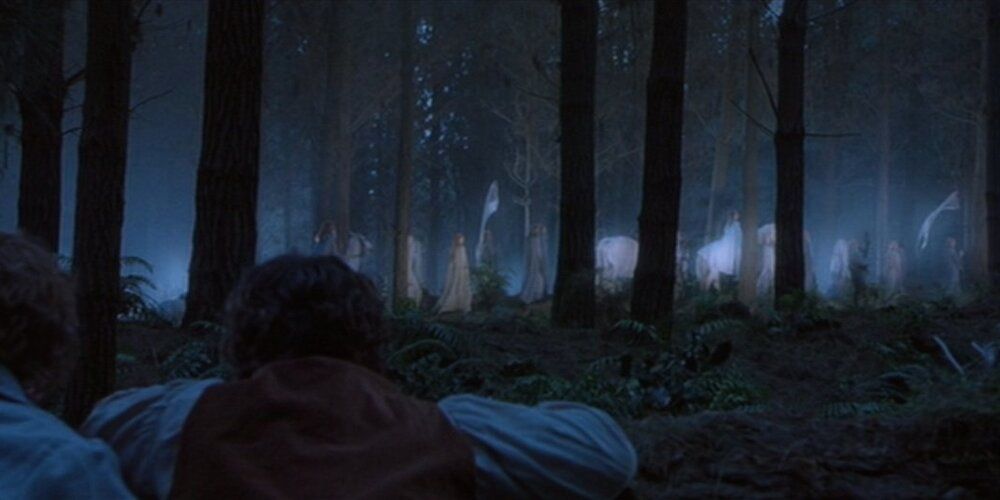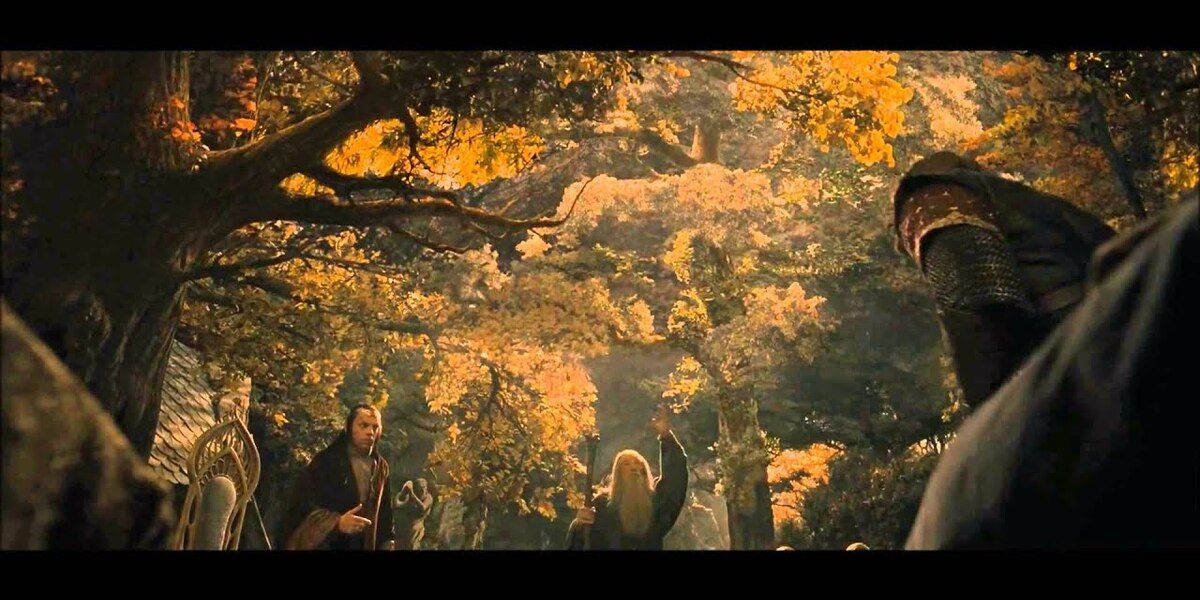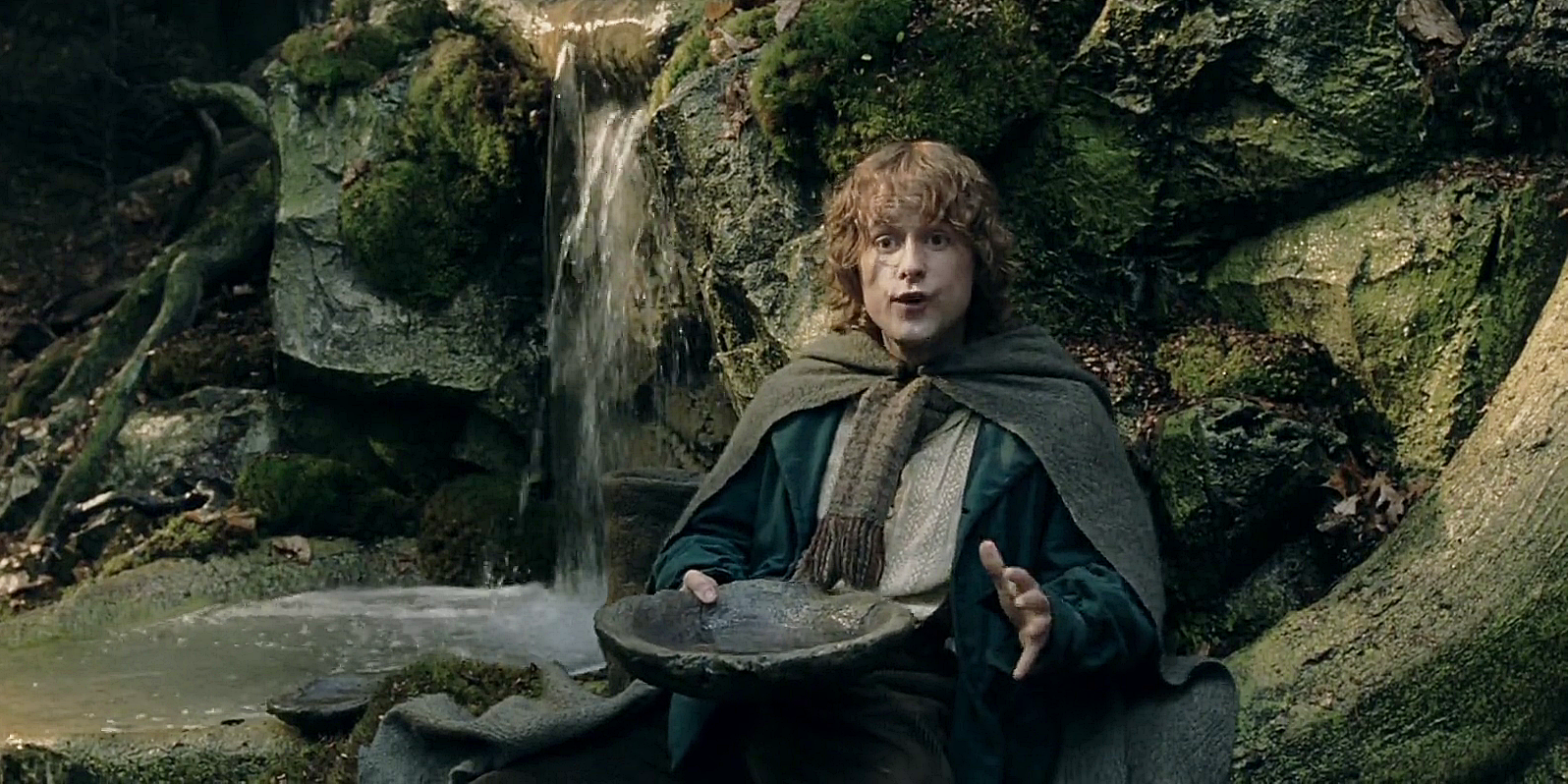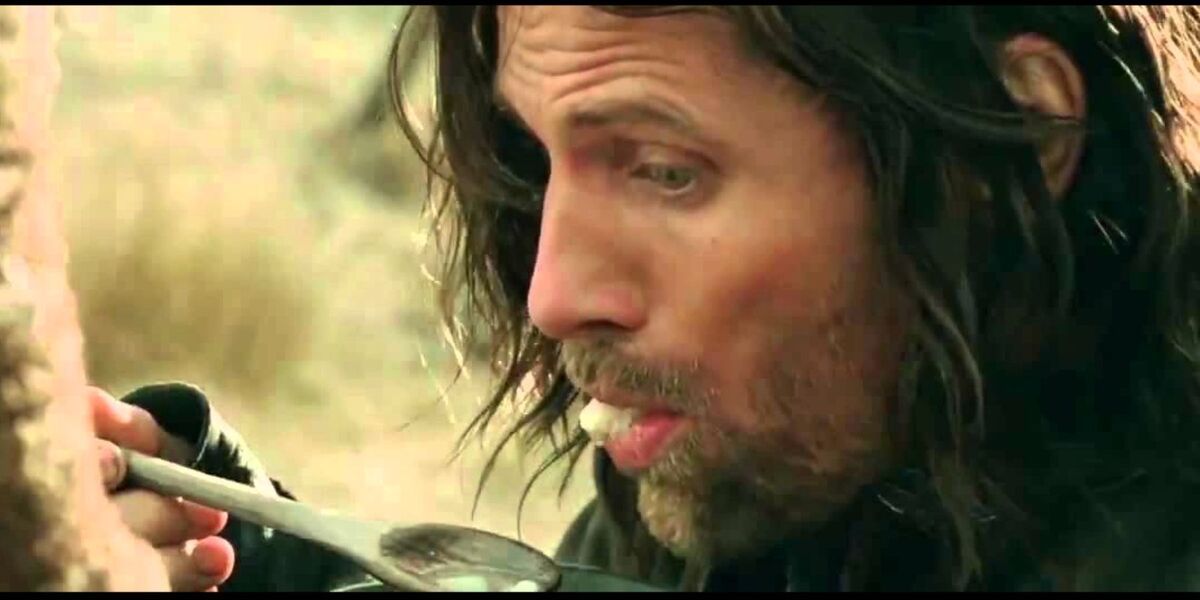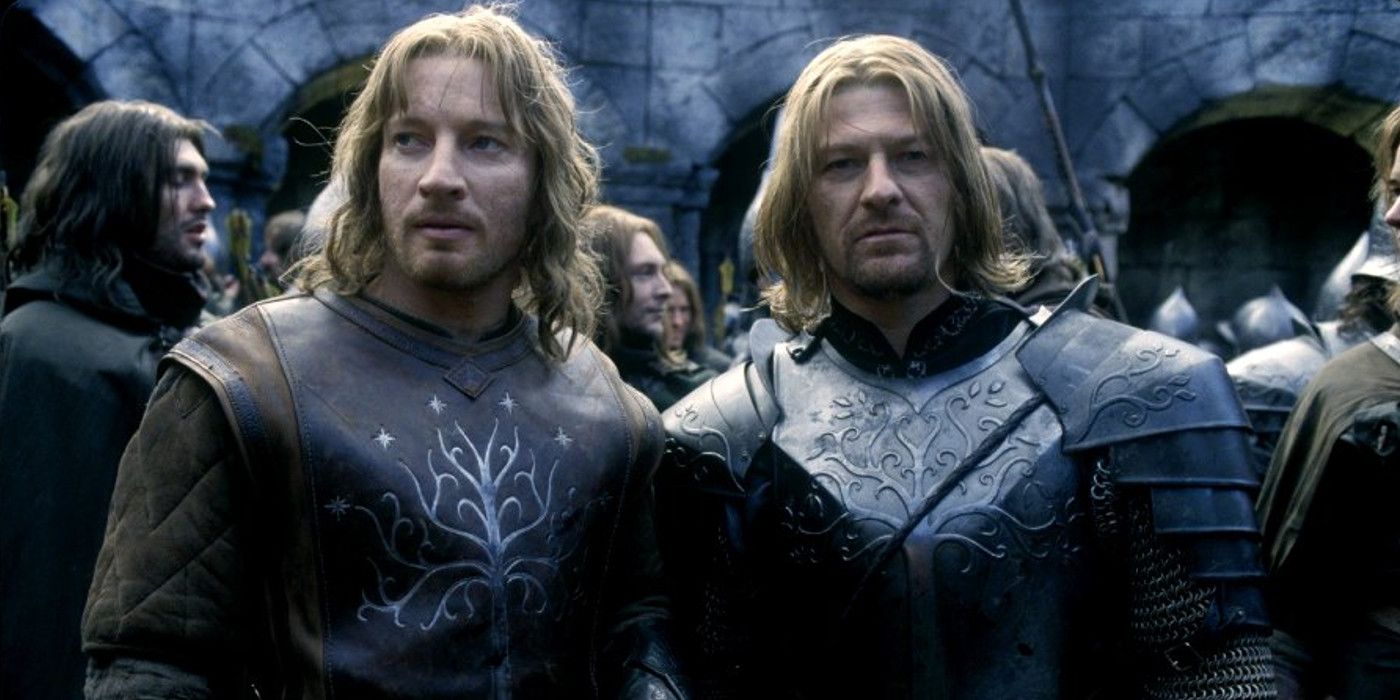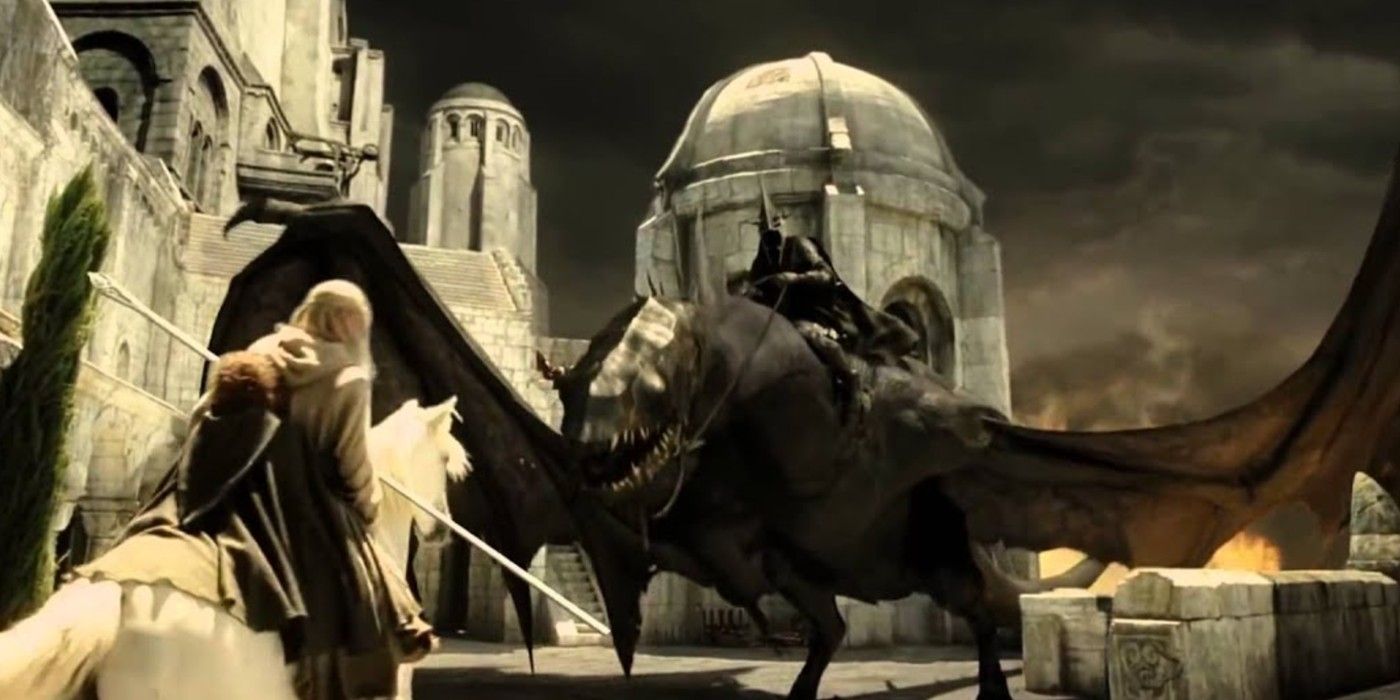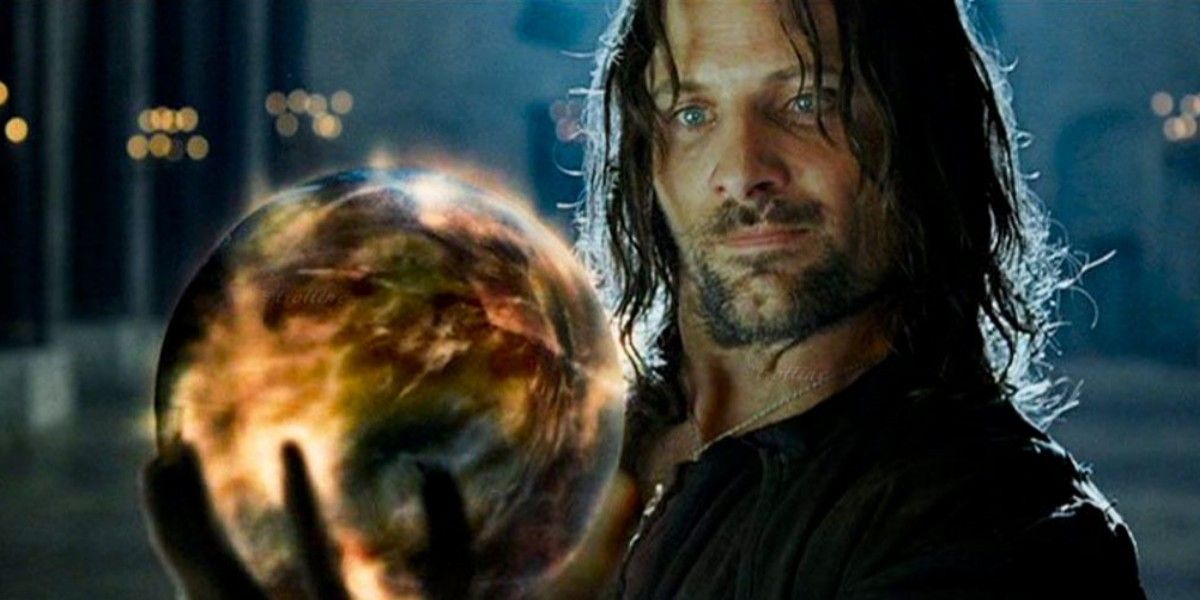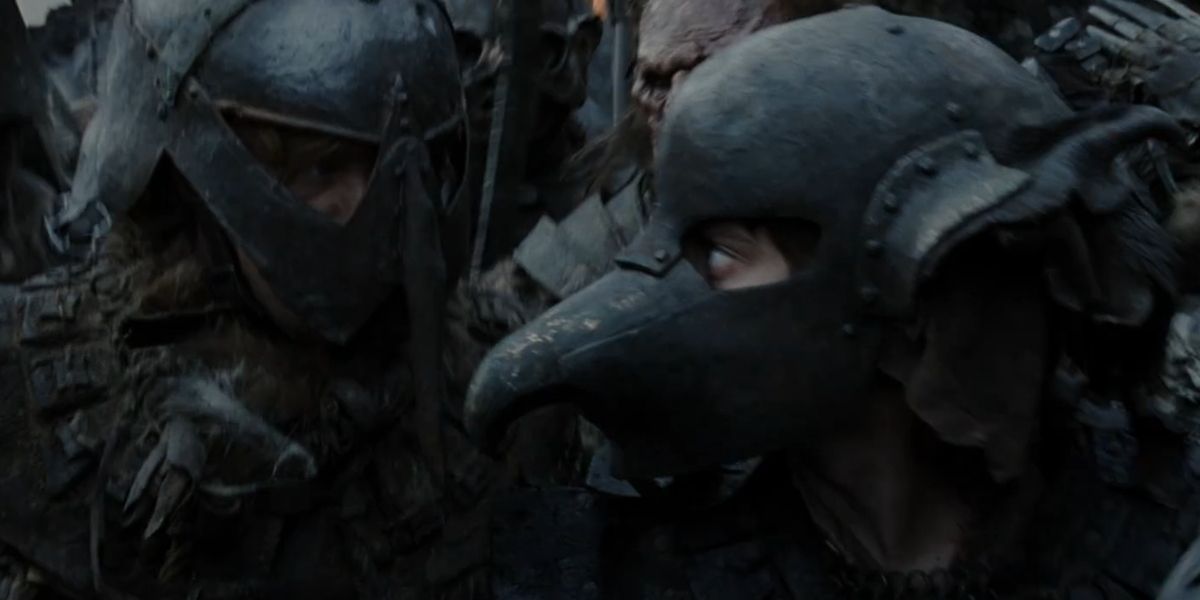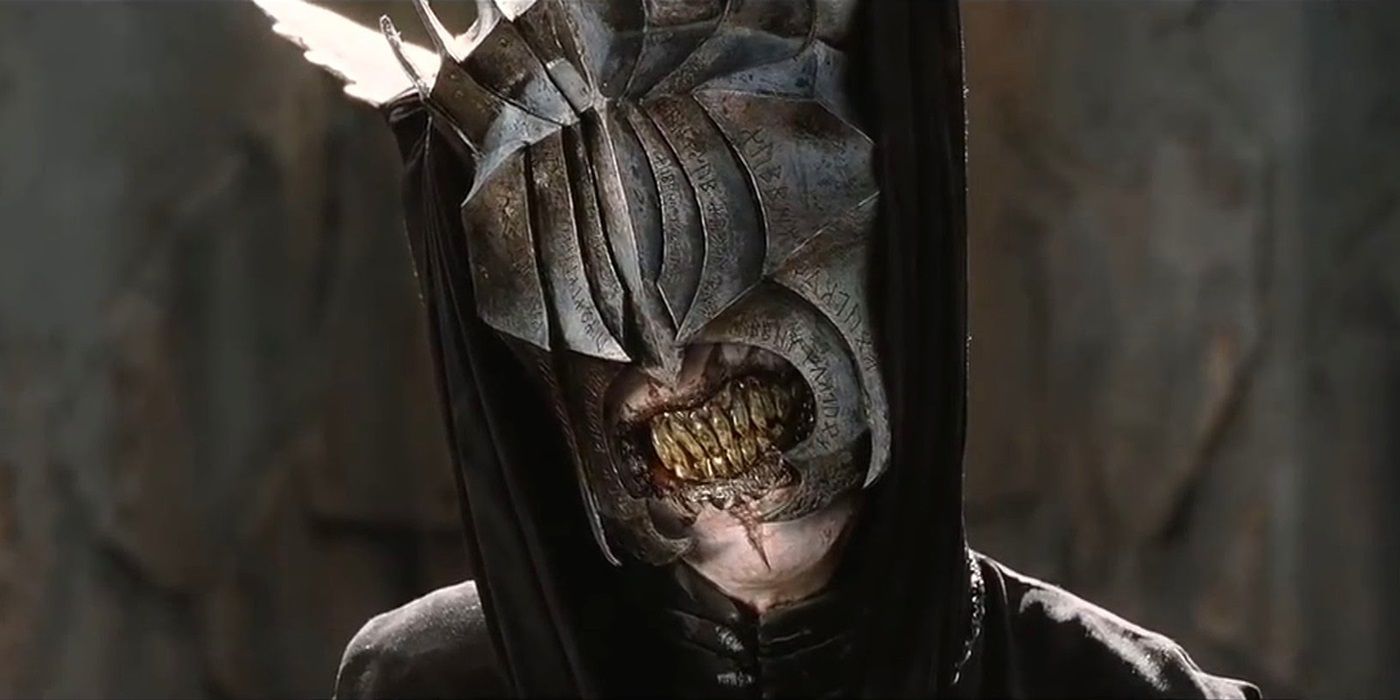The Rings of Power hits Amazon Prime on September 2nd, exploring the Second Age of Middle Earth to the delight of audiences. In November, Lord of the Rings fans will celebrate the 20th anniversary of the release of the extended edition of The Fellowship of the Ring. Many Tolkien aficionados are already planning or starting their re-watch to prep for the new show, marking 2022 a big year for the franchise.
There are certainly those out there who find the run times of the extended editions daunting, but for true Tolkien fans, they are a must-see. They feature tons of content pulled straight from the pages of the timeless novels, moments that often have a real effect on how a viewer perceives the narrative.
Bilbo's Book
The extended edition of Fellowship begins the same way as the theatrical version, with a prologue sequence explaining the forging of the Ring and major events in its history. When the perspective shifts to the Shire, however, the extended edition adds quite a bit.
The most notable change is how the audience is introduced to Bilbo, whose narration also serves as the opening paragraphs of his book describing himself and his adventures. In this way the film familiarizes viewers with Hobbits, weaving Bilbo's exposition with shots of various Hobbits farming, relaxing, or eating. The book is the Red Book of Westmarch, in which Frodo, Bilbo, and Sam record their adventures to be read in the ages to come.
Elves In The Shire
As Frodo and Sam make their way across the Shire to Bree, they stop to cook up some sausages and bacon. They hear singing through the trees, and Frodo recognizes the song as Elvish. He and Sam quietly watch as a group of Elves pass by on their journey to the Grey Havens.
In the book, the Hobbits find this party of Elves as well, singing the same hymn to Elbereth that the Elves sing in the film. This change pulled from the LotR books speaks to how much longer the Hobbits take to leave the Shire in the novel. They are also pursued much more closely by the Nazgul, who are only turned aside from the Hobbit's trail by the presence of the Elves.
Gandalf Recites The Ring Text
In Rivendell, the Council of Elrond debates the best course of action regarding the Ring. In an extended-only scene, Boromir tells of the dream that led him to pursue Isildur's Bane, as his hand drifts dangerously close to it as it sits alluringly on the table in the center of the courtyard.
At that moment, Gandalf stands and recites the text inscribed on the Ring aloud in the Black Speech of Mordor. This scene is adapted straight from the Fellowship book, down to the darkening of the sky and the clear anguish of Elrond at simply hearing the words. The Council of Elrond is the longest chapter in Fellowship, so clearly, not everything from it could make it into the theatrical cut.
Ent Draught
Moving onto The Two Towers, Merry and Pippin find themselves in the care of Treebeard after they escape from the Orcs into Fangorn Forest. The theatrical edition goes essentially straight to the Ent Moot after Treebeard finds the Hobbits.
In the extended edition, as in the book, Merry and Pippin spend a lot more time with the old Ent. He sings the songs and takes them to his home to sleep while he gathers his fellow Ents. When Merry wakes, he finds Pippin drinking out of a large stone jug next to a bubbling spring, and notes that the drink has made him taller. In the novel, the special brew of the Ents does indeed make the Hobbits taller and more robust, for which they gain fame throughout the Shire.
Aragorn's Age
Another scene cut from The Two Towers delves deeper into Aragorn's background. As the Rohirrim move toward Helm's Deep, Eowyn brings him a bowl of stew and remarks King Theoden must have been mistaken when told her that Aragorn rode into battle with her grandfather.
It's then that Aragorn reveals he is 87, far older than he looks. Eowyn marvels and notes he must therefore be a descendant of Numenor. This is one of the few hints that the films give at any time about the significance of Numenor, and how humans of Numenorean heritage were specially gifted with long life. It's a huge part of the character's back story, and most of it gets skipped entirely in favor of the trilogy's "reluctant king" approach to Aragorn.
Boromir and Faramir
After taking Frodo and Sam captive in Ithilien, Faramir must decide what to do with them. Discovering that they were companions of Boromir, he holds them until he can determine what, if any, part they played in his death.
An added scene for the extended edition shows Faramir's vivid memories of his brother and the deep bond of love that existed between them. The film takes a lot of liberties with Faramir's character, but this scene is exactly what Tolkien's canon intended the relationship between the two brothers to be. There is no jealousy between them, and Boromir decries the abuse their father heaps on Faramir. It also adds an unseen dimension to Boromir's character, and it's a shame it had to be cut.
Gandalf Vs. The Witch King
Gandalf tries to rally the forces of Gondor against the Orcs and trolls that fill Minas Tirith, but Pippin tells him he's needed desperately in the city's upper level. As they ride through the city the Witch King flies down and confronts the Wizard, in a scene cut from the theatrical run of Return of the King.
The scene doesn't follow the book word for word, but the main points are there: Gandalf confronts the Witch-King, and the horns of the approaching Rohirrim cause the Nazgul to depart. If it were just a nod to the novel its place as a deleted scene would make more sense, but Gandalf's staff is broken during this scene and he doesn't have it for the rest of the film. In the theatrical cut, its absence simply goes unexplained.
Aragorn Looks Into The Palantir
To draw the Eye of Sauron away from Mordor, Aragorn looks into the palantiri taken from Saruman and challenges the Dark Lord. Aragorn shows him the Sword of Elendil and causes him to pull all his forces toward the Black Gate to oppose the Army of the West.
The "reluctant king" aspect of Aragorn's character forces this scene into the end of the third movie. In the book, it occurs near the beginning, and it's a much more significant catalyst of events. It causes Sauron to attack Minas Tirith earlier than intended and before his full strength is ready. This allows the forces of the Free People to win a victory at the Pelennor Fields without the assistance of the Army of the Dead, one of the more controversial changes to the book.
Frodo And Sam Caught By Orcs In Mordor
As Frodo and Sam toil through the barren wastes of Mordor, they are happened upon by a troop of Orcs heading toward the Black Gate. As the Hobbits are wearing Orc armor, the Orcs think they are attempted deserters and force them to run with the troop towards their mustering point.
This scene's exclusion from the theatrical cut speaks to how little Sam and Frodo's journey through Mordor is portrayed versus the book. In the novel, the Hobbits avoid parties of Orcs and their castles before being found and forced to join the Orc troop. The reader was intended to suffer these anxieties along with the characters, and the extended film gives audiences a taste of that as well.
Mouth Of Sauron
As Frodo and Sam crawl toward Mt. Doom, the Army of the West approaches the Black Gate to keep Sauron's attention focused. The gate opens and Sauron's emissary approaches, planning to taunt his prey before moving in for the kill.
This scene's exclusion from the theatrical edition makes a little sense. There's no time for the film to explain who or what the Mouth of Sauron is, and the pre-battle parlay is a function of war from ages ago. In the novel, it's a much more elaborate scene, but it's a bit anachronistic to modern audiences.

